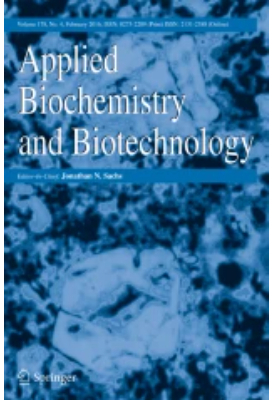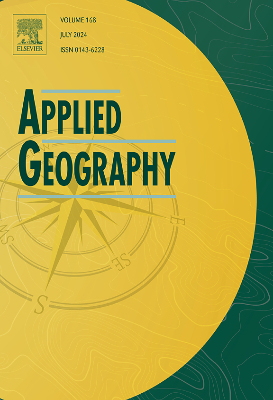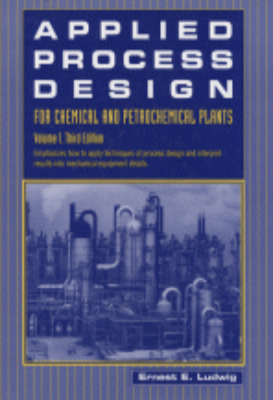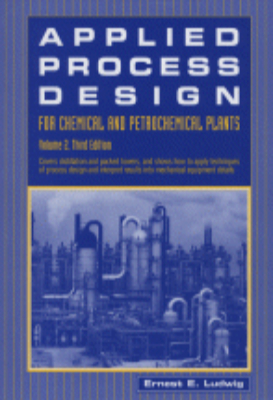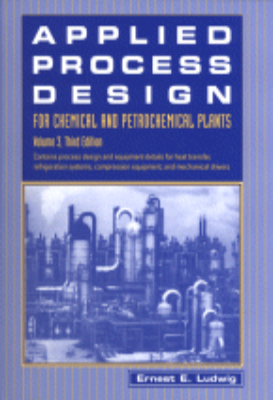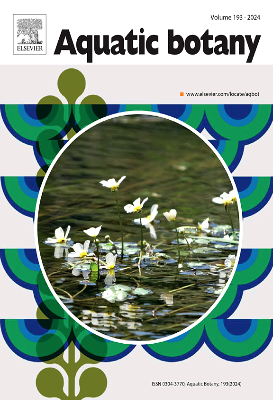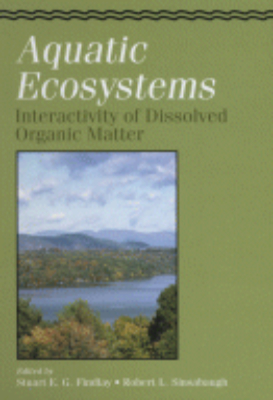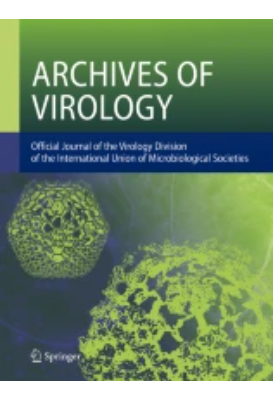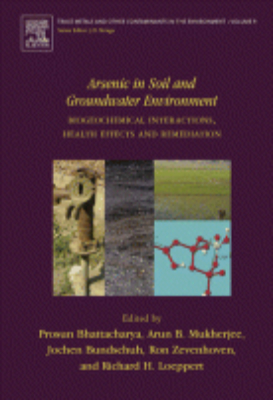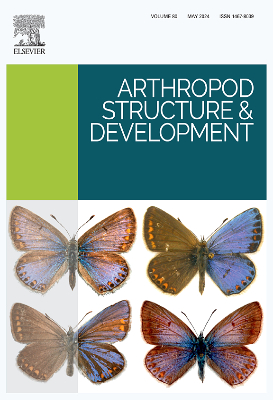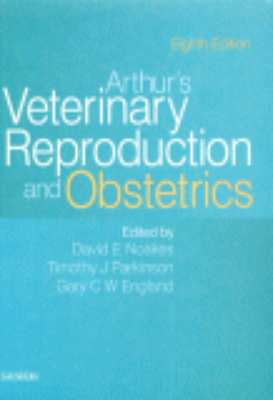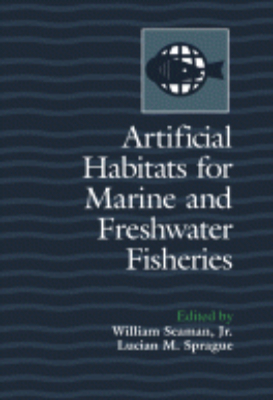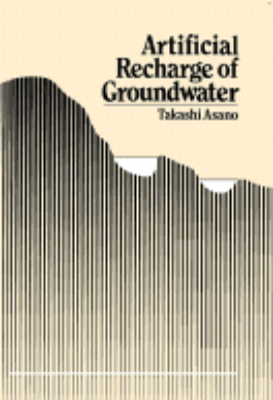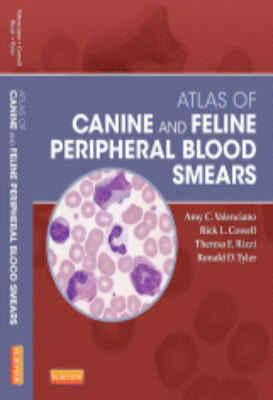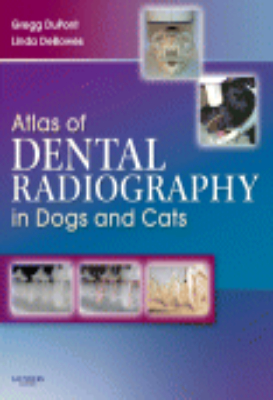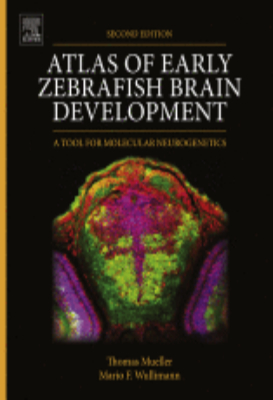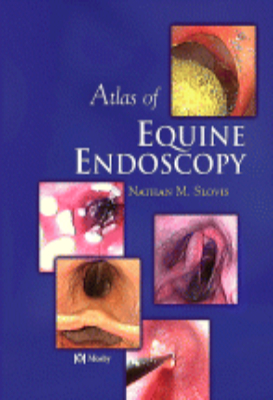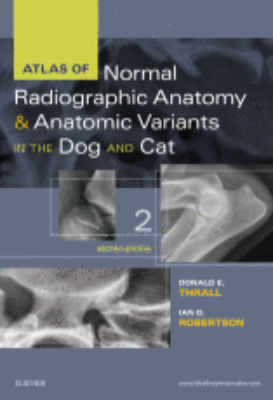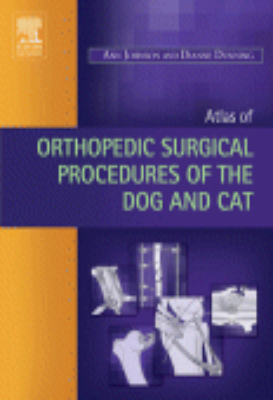E-Resources
Applied Biochemistry and Bioengineering
Applied Biochemistry and Bioengineering, Volume 2: Enzyme Technology discusses the industrial applications of immobilized enzymes. Organized into 10 chapters, this volume first describes the techniques for the isolation and purification of intracellular and extracellular enzymes for use on an industrial scale. It then deals with immobilized enzyme processes, with an emphasis on immobilized glucose isomerase and the amylolytic enzymes related to the production of high-fructose syrups from starch. Significant topics on immobilized enzyme technology for future uses in energy transduction and in pharmaceutical modifications of steroid compounds are also explored. Microbiologists, geneticists, and chemical engineers will find this book of great value.
Applied Plant Genomics and Biotechnology
"Applied plant genomics and biotechnology reviews the recent advancements in the post-genomic era, discussing how different varieties respond to abiotic and biotic stresses, investigating epigenetic modifications and epigenetic memory through analysis of DNA methylation states, applicative uses of RNA silencing and RNA interference in plant physiology and in experimental transgenics, and plants modified to produce high-value pharmaceutical proteins. The book provides an overview of research advances in application of RNA silencing and RNA interference, through Virus-based transient gene expression systems, Virus induced gene complementation (VIGC), Virus induced gene silencing (Sir VIGS, Mr VIGS) Virus-based microRNA silencing (VbMS) and Virus-based RNA mobility assays (VRMA); RNA based vaccines and expression of virus proteins or RNA, and virus-like particles in plants, the potential of virus vaccines and therapeutics, and exploring plants as factories for useful products and pharmaceuticals are topics wholly deepened. The book reviews and discuss Plant Functional Genomic studies discussing the technologies supporting the genetic improvement of plants and the production of plant varieties more resistant to biotic and abiotic stresses. Several important crops are analysed providing a glimpse on the most up-to-date methods and topics of investigation. The book presents a review on current state of GMO, the cisgenesis-derived plants and novel plant products devoid of transgene elements, discuss their regulation and the production of desired traits such as resistance to viruses and disease also in fruit trees and wood trees with long vegetative periods. Several chapters cover aspects of plant physiology related to plant improvement: cytokinin metabolism and hormone signaling pathways are discussed in barley; PARP-domain proteins involved in Stress-Induced Morphogenetic Response, regulation of NAD signaling and ROS dependent synthesis of anthocyanins. Apple allergen isoforms and the various content in different varieties are discussed and approaches to reduce their presence. Euphorbiaceae, castor bean, cassava and Jathropa are discussed at genomic structure, their diseases and viruses, and methods of transformation. Rice genomics and agricultural traits are discussed, and biotechnology for engineering and improve rice varieties. Mango topics are presented with an overview of molecular methods for variety differentiation, and aspects of fruit improvement by traditional and biotechnology methods. Oilseed rape is presented, discussing the genetic diversity, quality traits, genetic maps, genomic selection and comparative genomics for improvement of varieties. Tomato studies are presented, with an overview on the knowledge of the regulatory networks involved in flowering, methods applied to study the tomato genome-wide DNA methylation, its regulation by small RNAs, microRNA-dependent control of transcription factors expression, the development and ripening processes in tomato, genomic studies and fruit modelling to establish fleshy fruit traits of interest; the gene reprogramming during fruit ripening, and the ethylene dependent and independent DNA methylation changes. Key Features. provides an overview on the ongoing projects and activities in the field of applied biotechnology. includes examples of different crops and applications to be exploited. reviews and discusses Plant Functional Genomic studies and the future developments in the field. explores the new technologies supporting the genetic improvement of plants"
Approaches to Research on the Systematics of Fish-Borne Trematodes
"Approaches to Research on the Systematics of Fish-Borne Trematodes is a concise guide for systematic studies of the prevalence of fish-borne trematodes both in the endemic areas and experimental laboratories. It includes methods to identify species of fish-borne trematodes to enhance the precision of research studies based on the metacercarial stage. Misidentification of trematode species is a common occurrence when researchers are new to the field and have no guidance. Consequentially, sometimes publications report inaccurate prevalence rates of these parasites. This compact guide gives clear direction on:. Collection of parasites in the final hosts. Collection of cercaria from snail first intermediate hosts. Collection of metacercaria from fish hosts. Molecular identification of parasites. Systematics of fish-borne trematodes Key Features. Provides research guidelines and protocols for studying systematics of fish-borne trematodes using both morphological and molecular data. Presents keys to enable identification of metacercariae of fish-borne trematodes in the Greater Mekong subregion"
Aquatic Ecosystems
"Aquatic Ecosystems explains the interplay between various movements of matter and energy through ecosystems mediated by Dissolved Organic Matter. This book provides information on how much DOM there is in a particular aquatic ecosystem and where it originates. It explains whether the DOM composition varies from time to time and place to place. It also details how DOM becomes incorporated into microbial food webs, and gives a better, clarifying, understanding to its significance of DOM. Key Features. There are many ways to study DOM and this book focuses on several central questions: How much DOM is there in a particular aquatic ecosytem Where does it come from Does the composition of the DOM vary from time to time and place to palce. How does DOM become incorporated into microbial food webs, which are the basis of plant, invertebrate and vertebrate food webs. How can the answers to these and other questions about DOM be considered together so that a better understanding of the significance of DOM can emerge"
Arthur’s Veterinary Reproduction and Obstetrics
This is the new (8th) edition of the classic text reference covering all aspects of reproduction and obstetrics in all common, and some less common, domestic species. This is the only book to cover the full range of domestic animals and now also includes less common species such as llamas and alpacas. In addition, more common small animal species such as guinea pigs and rabbits, which have not been discussed in previous editions but which are frequently encountered by practicing veterinarians, are included for the first time.
Artificial Habitats for Marine and Freshwater Fisheries
"Artificial habitats have been used for centuries to successfully modify environments for the benefit of Man. In the aquatic environment, the use of artificial habitat technologies is of growing interest worldwide. Opportunities exist in both developed and developing nations to apply these technologies in many areas, including classical scientific investigations of ecosystem structure and function, engineering advances in underwater technology, and fisheries and environmental management. The applications of artificial habitat technologies are taking on ever greater economic, social, and environmental importance globally, not only in developed countries such as Japan where highly sophisticated technologies are used, but also in developing nations, where lower cost practices are in use. There is growing pressure to increase production, while at the same time preserve or enhance the environments and ecosystems surrounding fisheries. This book provides a comprehensive review of the facts, issues, and global trends emerging regarding the use of artificial habitats in aquatic ecosystems. It presents the most recent scientific advances in ecology and engineering technologies related to the building of artificial habitats, and it also presents many of the fisheries management and socioeconomic and environmental issues. Artificial Habitats for Marine and Freshwater Fisheries will be of interest to a broad audience including natural resource scientists, planners, and managers, particularly those interested in aquatic and fisheries science and management; organizations and individuals interested in commercial and recreational fishing; ecologists; environmental economists, engineers, lawyers, and social scientists; and geographers. Key Features. Presents a global scope. Draws together, for the first time, disparate literature. Contains contributions by authors in the United States and Japan. Features engineering chapters that focus on Japanese advanced technology often not available to the English language audience"
Artificial Recharge of Groundwater
Artificial Recharge of Groundwater focuses on artificial recharge of groundwater basins as a means to increase the natural supply of groundwater, along with the technical issues involved. Special emphasis is placed on the use of reclaimed municipal wastewater as a source for artificial recharge of groundwater. This book is comprised of 26 chapters organized into five sections. After reviewing the state of the art of artificial recharge of groundwater, the discussion turns to the fundamental aspects of groundwater recharge, including the role of artificial recharge in groundwater basin management, recharge methods, hydraulics, monitoring, and modeling. The next section considers pretreatment processes for wastewater and renovation of wastewater with rapid-infiltration land treatment systems and describes the health effects of wastewater reuse in groundwater recharge. A number of artificial recharge operations using reclaimed wastewater are then highlighted, focusing on cases in various countries including Israel, Germany, Poland, Japan, the Netherlands, and the United States. The remaining chapters look at the extent of contaminant removal by the soil system and the fate of micropollutants during groundwater recharge as well as the legal and economic aspects of groundwater recharge. Research needs for groundwater quality management are also explored. This monograph is written for civil and sanitary engineers, agricultural engineers, hydrologists, environmental scientists, and research scientists as well as public works officials, consulting engineers, agriculturalists, industrialists, and students at colleges and universities.
Atlas of Canine and Feline Peripheral Blood Smears
An illustrated guide to the morphology of blood cells, Atlas of Canine and Feline Peripheral Blood Smears covers patient assessment for common hematologic disorders and diseases in dogs and cats. Over 1,000 full-color photomicrographs depict abnormalities within each blood cell line, with multiple pictures of each morphologic abnormality and variations in their appearance. Written by pathology experts Amy Valenciano, Rick Cowell, Theresa Rizzi, and Ronald Tyler, this concise reference will enhance your skills as you interpret blood smears and recognize hematological cellular response to inflammation, infection, and toxicity. "Everything you might encounter looking at dog or cat blood smears is right there, clearly classified and noted (more than 1000 pictures!). Pitfalls and artefacts are clearly explained. The format (spiral binding) makes it the obvious accessory for your microscope. A good investment." Reviewed by: Vet's Today Date: July 2014
Atlas of Dental Radiography in Dogs and Cats
Is it ever appropriate to diagnose and treat oral and dental problems without knowing the full extent of the problem With more than 50% of anatomical structures and associated pathologies located below the gingivae and unseen to the eye, thats the reality without the use of high-quality, accurately interpreted radiographs. Atlas of Dental Radiography in Dogs and Cats presents hundreds of actual radiographic images, which are clearly labeled to facilitate accurate identification of normal and abnormal features. This valuable new atlas shows you exactly how to correlate common dental conditions with radiographic signs. Radiographs are also compared side by side with actual anatomical photographs to confirm surface landmarks visible on the radiographs. Correct positioning techniques for producing diagnostic radiographs as well as helpful tips and pitfalls when obtaining quality radiographs are logically presented. This approach helps you produce consistently high-quality radiographs, sharpen your interpretive skills, and confidently treat a wide range of dental problems.
Atlas of Early Zebrafish Brain Development
"Atlas of Early Zebrafish Brain Development: A Tool for Molecular Neurogenetics, Second Edition, remains the only neuroanatomical expression atlas of important genetic and immunohistochemical markers of this vertebrate model system. It represents a key reference and interpretation matrix for analyzing expression domains of genes involved in Zebrafish brain development and neurogenesis, and serves as a continuing milestone in this research area. This updated volume provides in-situ hybridized and immunostained preparations of complete series of brain sections, revealing markers of the fundamental stages in the life history of neuronal cells in very high quality preparations and photographic plates. Specific additions to this edition include documentation on the distribution of neurons expressing GABA, dopamine and serotonin, material on the basal ganglia, hypothalamus, and the caudal, segmented part of the diencephalon, new theories on the early organization of the telencephalon and thalamus, and integration of a comparative perspective on the mid- and hindbrain. Key Features. Documentation on the distribution of neurons expressing GABA, dopamine and serotonin. Material on the basal ganglia, hypothalamus, and the caudal, segmented part of the diencephalon. New theories about the early organization of the telencephalon and thalamus. Integration of a comparative perspective on the mid- and hindbrain"
Atlas of Equine Endoscopy
By using nearly 700 images of various organ systems, ATLAS OF EQUINE ENDOSCOPY is designed to provide equine practitioners with a practical reference guide to minimally invasive equine endoscopy. Since endoscopy is now widely used by equine practitioners, this atlas focuses less on principles and more on its use as a diagnostic tool.
Atlas of Normal Radiographic Anatomy and Anatomic Variants in the Dog and Cat
Equip yourself to make accurate diagnoses and achieve successful treatment outcomes with this highly visual comprehensive atlas. Featuring a substantial number of new high contrast images, Atlas of Normal Radiographic Anatomy and Anatomic Variants in the Dog and Cat, 2nd Edition provides an in-depth look at both normal and non-standard subjects along with demonstrations of proper technique and image interpretations. Expert authors Donald E. Thrall and Ian D. Robertson describe a wider range of "normal" as compared to competing books not only showing standard dogs and cats, but also non-standard subjects such as overweight and underweight pets and animals with breed-specific variations. Every body part is put into context with a textual description to help explain why a structure appears as it does in radiographs, and enabling practitioners to appreciate variations of normal that are not included, based on an understanding of basic radiographic principles.


